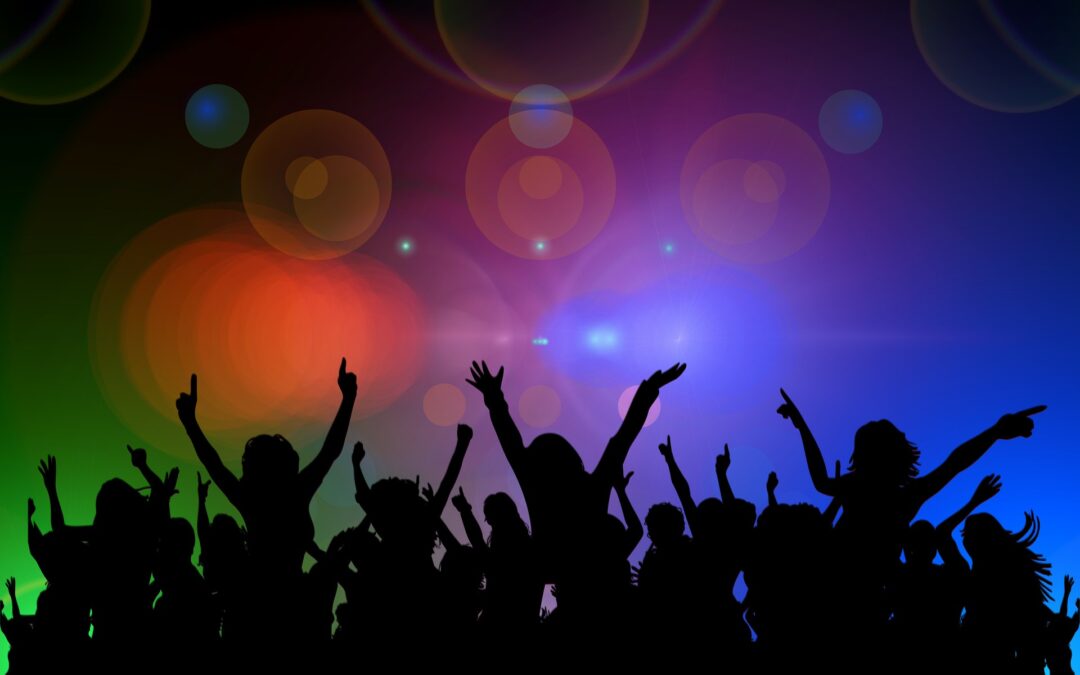“We walk toward desire, hand in hand through fields of fire, with only love to light the way on the road to Judgement Day….” (Judgement Day, Whitesnake,1989)
Music is powerful. I don’t need to tell you that, you already know. You also already know that it helps us on many levels; supports us, walks with us through our moods, challenges our thoughts, but, music doesn’t change us, it magnifies who we already are. Like David Coverdale of Whitesnake said of his own stage experience:
“All I do is amplify who I am about 10 times when I walk on stage” (Hann, 2015).
And it’s the same when we listen to our favourite tunes, our personalities intensify a hundred fold, for better, for worse and for every shade and every perception of shadow and light in between, as we absorb into every note of each instrument and every breath of every word that is cast into the airwaves to caress our senses. Judgement Day is my favourite Whitesnake song, I burn with it on the deepest level and never tire of hearing it, and you will have your favourite songs that burn inside you too, different music for different moods, each genre, each song or symphony magnifying the essence of your soul in the moment. We are taught to live in the moment, not worry about the past or the future, but music is intrinsically part of our past, present and future. What we discovered in the past we like in the present and will carry to the future, all the way to Judgement Day it seems, so living in the moment with music is like living without time at all, just pleasure and pain eternal, traversing the airwaves of time, moment upon moment being one. All this is subjective, I know, and we all have reasons for liking what we like.
My objective response is to try to reason why we all respond as we do to different vibes when neuroscience suggests that there is a common link in music that provokes that feeling of wanting to dance. Neuroscientist Dean Burnett in his book The Happy Brain suggests that:
”Dancing makes a lot of people happy. But not everyone. Some people just don’t like the idea of doing it, not where anyone can see them anyway. But even for these people, there are certain songs or tunes that compel them to move, even if the dancing is just a rhythmical tapping of the leg or nodding of the head, or an unintentional shimmy when they think nobody is looking. If it’s something people actively dislike, why would they still do that?” (Burnett, p.27).
Here Burnett is referring to an experiment that assessed how syncopation affects the brain and makes us want to move. He goes on to say that:
“…there needs to be a medium level of syncopation (or unpredictability) in music to elicit a pleasure response and associated body movement in a person…” (Burnett, p27) and apparently…”tunes that have a specific balance between predictability and chaos induce pleasure in our brains, making us happy to the point where we’re compelled to physically respond” (Burnett, p.28).
The research by Morten L Kringelbach et al that Burnett is referring to was however written with groove music such as ‘funk, soul, hip hop and electronic dance’ specifically in mind (Syncopation, Body-Movement and Pleasure in Groove Music, 2015). With this in mind where does that leave me with my slinky, snakey, rhythmic slithers as I lose myself in the rhythm of Judgement Day? Clearly there are many other factors afoot with regards to our pleasure responses to music, but it is interesting to note that in music therapy syncopation is used as a subtle tool where the required result in a patient is body movement and music therapists may add syncopation to “make a musical experience more emotionally rewarding and attention grabbing” (Soundscape Music Therapy).
But to me, isolating one ingredient in a whole recipe of sound reduces it somewhat too clinically into an objective observation rather than an experiential participation. We don’t want to think what our brains are doing when we dance do we? We don’t want to question why we love a tune and want to let our hair down to it do we? We just want to love it for what it is, for what we are, in the moment because music enhances the performance that you already have inside of you, and whatever music lights your inner stage, enjoy the spotlight on your soul wherever you may be, and set yourself free. One thing we commonly share is a love for rhythm and vibration of sound, a need to move and dance, whistle and hum, whatever genre we enjoy, our humanity binds us with music. It’s positively wonderful, isn’t it?
References
Burnett, D., Happiness is hard to find pp. 26-32 in The Happy Brain, Guardian Faber, 2018.
Hann, M. (2015). David Coverdale: ‘I amplify who I am 10 times when I’m on stage’. [online] the Guardian. Available at: https://www.theguardian.com/music/2015/apr/22/david-coverdale-whitesnake-the-purple-album-deep-purple [Accessed 21 Apr. 2019].
Soundscape Music Therapy. (2018). Music Therapists Do It Differently: Rhythm. [online] Available at: https://soundscapemusictherapy.com/2013/12/01/music-therapists-do-it-differently-rhythm/ [Accessed 28 Jun. 2018].
Whitesnake, Judgement Day on Slip of the Tongue, EMI records, 1989.
Witek Maria, A.G. ,Clarke, Eric F., Wallentin, Mikkel, Kringelbach Morten L., Vuust, Peter, Syncopation, Body-Movement and Pleasure in Groove Music Published: April 16, 2014 Available at :http://journals.plos.org/plosone/article?id=10.1371/journal.pone.0094446 [Accessed 28 Jun.2018].
Of Interest:
Centre for Music in the Brain at: http://musicinthebrain.au.dk/
Hedonia Transnational Research Group at : http://hedonia.kringelbach.org/
Whitesnake, Judgement Day at: https://www.youtube.com/watch?v=jA0iCUuGzco
and https://genius.com/Whitesnake-judgement-day-lyrics

